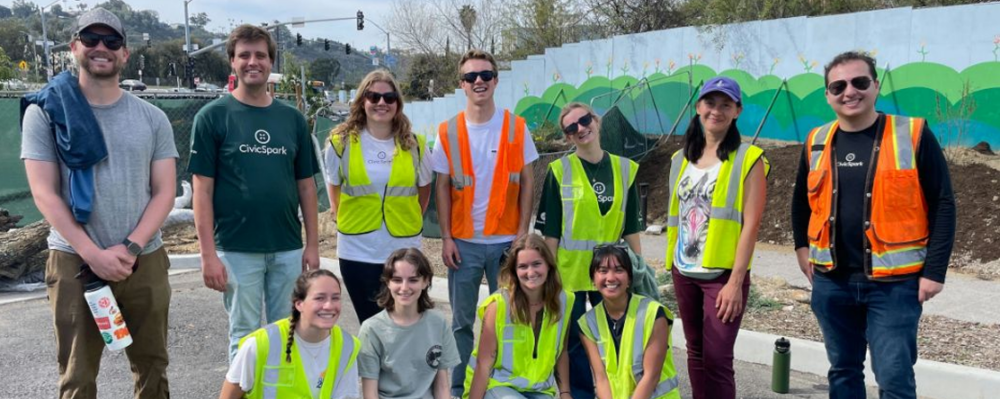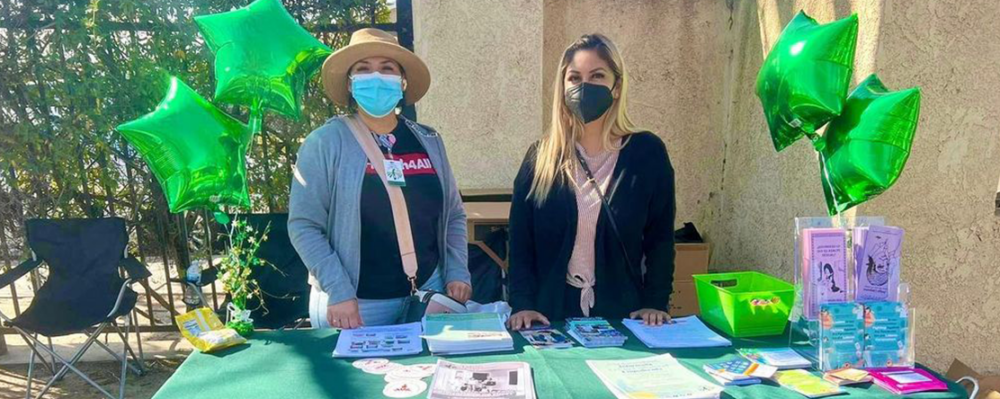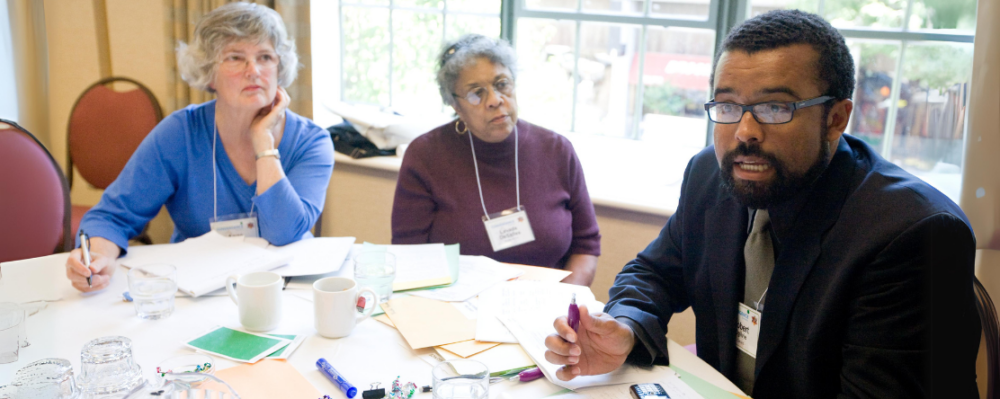
In the News
Rx for a Healthy Community
-
Focus Areas
Chronic Disease Prevention, Healthy Communities -
Issues
Community Development
Some places, by design, make it easier to live well.
 What makes a community healthy isn’t just the luck of the draw.
What makes a community healthy isn’t just the luck of the draw.
It isn’t just great genes, either. Health is also a sense of well-being and security, access to a healthy diet, green spaces, recreational opportunities and the like.
These are the so-called social determinants of disease, the social and environmental conditions that we’re born into and encounter as we grow. They include our income, race, where we live or work, and the opportunities we are afforded. All may profoundly affect a person’s health and well-being, says Joel Kaufman, dean of the University of Washington School of Public Health.
Such deeply rooted factors can tip the scales from health to illness. They can make one community better off than the one next door. Access to quality health care is important as well, potentially affecting obesity rates and variations in risk for stroke and heart disease.
Communities with higher incomes are often healthier, with fewer premature deaths and decreased rates of everything from heart disease, diabetes and stroke to kidney diseaseand vision trouble. But money, like vaccines, don’t offer perfect protection against illness. Chronic diseases, fueled by inactivity, excessive eating or drinking and other unhealthful behaviors, are common in these communities too.
The physical environment – such as clean air – policy changes, including smoke-free laws, and the culture of a community can influence individual and community health behaviors and well-being. “It’s [the] community that creates an environment and a culture and social norms that support healthy behaviors,” says Julie Willems Van Dijk, a registered nurse, researcher and director of County Health Rankings & Roadmaps, a collaboration between the Robert Wood Johnson Foundation and the University of Wisconsin Population Health Institute.
Willems Van Dijk often tells the story of how, after she moved to Madison, Wisconsin, a model bike-friendly city, with many miles of bike lane and trails, she got back on two wheels herself, despite having not owned a bike since she was a teen.
“After decades of not having a bicycle, I bought a bicycle, because it was safer, and it was so socially acceptable, and it was such a normal part of living in this community to ride your bike from place to place,” she says. “Whereas the community I lived in before was a much more rural community, and that was not part of the culture, and frankly, I didn’t want to ride my bike on a two-lane country highway, because I was worried about getting hit by a car.”
Poverty and discrimination are equally powerful determinants of bad health, making it harder to buy healthy foods, find leisure time for exercise, live in clean, affordable housing and obtain preventive care. It also ratchets up stress to sometimes unbearable levels, says Kevin Barnett, a senior investigator at the Oakland, California-based private nonprofit Public Health Institute, which supports research and programs to build healthy communities.
Stress and anxiety can touch every aspect of life, Barnett says, including: “Is the car going to start?” “Who’s going to pick up the kids?” “Will my utilities get turned off because I couldn’t pay the bill?”
“We call it toxic stress,” he says, “this day-to-day almost life-and-death kinds of stress has a corrosive impact upon our direct cardiovascular function [and] upon glucose tolerance,” which can raise diabetes risk.
This is not surprising, as poverty and race are still inextricably intertwined in the U.S. Institutionalized racism also plays a significant role in maintaining these disparities, Barnett says. That includes practices such as redlining, an illegal but pervasive practice in which services are denied, or made very difficult to obtain, to people in certain areas – like when financial institutions have made it harder for people in predominantly African-American neighborhoods to get loans.
In that kind of environment you get capital flight out of those neighborhoods, Barnett points out, adding, “It’s pretty obvious” that minority communities are often those with the most people living in poverty.
Then there’s genetics, whether it’s a family history of certain cancers or high blood pressure, or being a descendant of long-lived relatives. Those seeking to intervene and improve a community’s health status tend to focus, however, on the factors they can influence, not those they can’t.
Continue reading the full article in U.S. News & World Report.
Originally published by U.S. News & World Report
More Updates


Safeguarding the Health and Wellbeing of Agricultural Workers in Monterey County: A 5-Year Glance at the COVID Pandemic & Lessons Learned

New Study Reveals Why Alcohol Use Increased During the Pandemic

PHIL Collective: Tools, Training and Resources for Collaborative, Cross-Sector Efforts to Improve Health and Equity
Work With Us
You change the world. We do the rest. Explore fiscal sponsorship at PHI.
Support Us
Together, we can accelerate our response to public health’s most critical issues.
Find Employment
Begin your career at the Public Health Institute.
